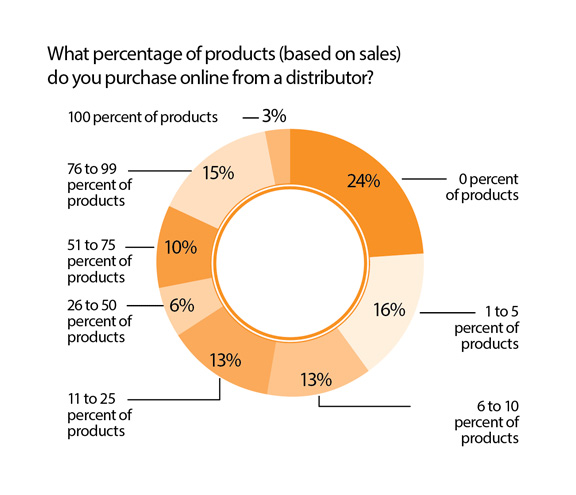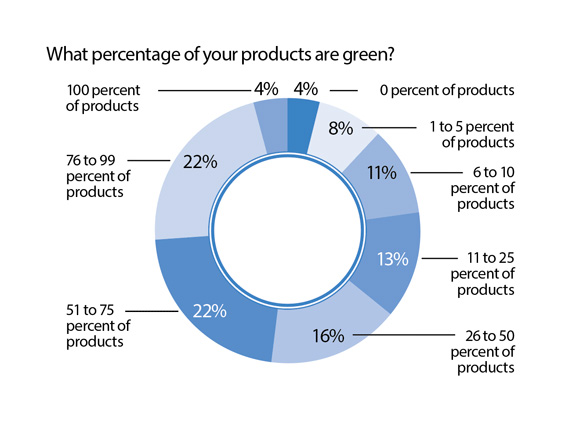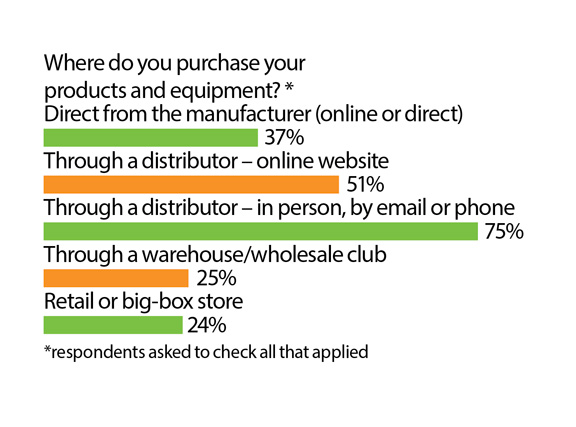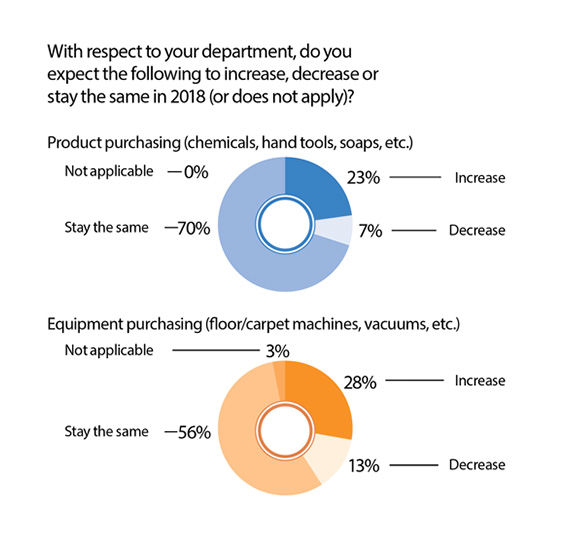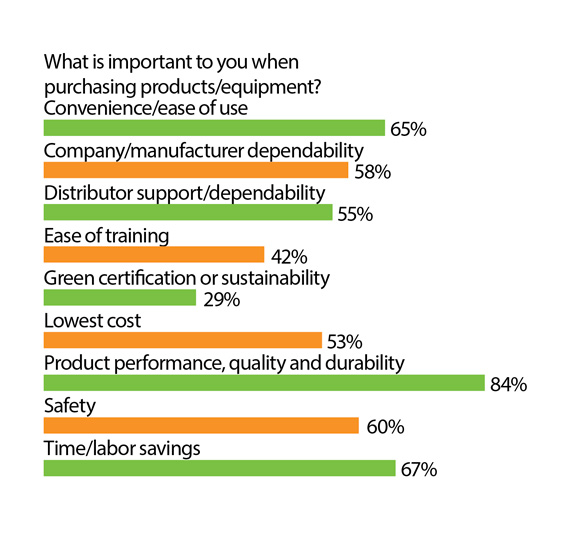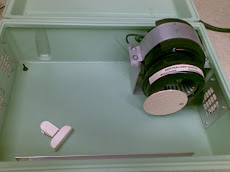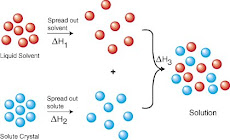Sanitizer
Technology
Posted
on May 22, 2020 by George Deckner
Prospector
Publications

The Global Hand Sanitizer Market size was valued at $919 million
in 2016 and is expected to reach $1,755 million by 2023 (1). These figures
however were calculated before the current health crisis and should be
substantially higher in the future.
A hand sanitizer is an antiseptic solution used to reduce the
concentration of microorganisms on skin. Over-the-counter antiseptics are
classified by the FDA as washes and rubs and are regulated as OTC drugs by the
FDA (2). They must be registered and produced in FDA approved facilities.
Disinfecting cleansers are meant for treating hard, inanimate surfaces. They
are regulated and must be registered with the Environmental Protection Agency
(EPA).
FDA classifications of antiseptics
- Wash products (also known
as antibacterial soaps) are intended for use with water and are rinsed off
after use, and include hand washes /soaps and body washes. The FDA
position is that these products have not yet been shown to be more
effective at preventing illness than plain soap and water and there
currently are no approved actives for this application FDA supports the
CDC’s recommendation to use plain soap and water to wash your hands.
- Rubs are leave-on
products, or hand “sanitizers,” as well as antiseptic wipes. These
products are intended to be used when soap and water are not available,
and are left on and not rinsed off with water. Rubs are further classified
by the FDA into health care and consumer antiseptics. Health care
antiseptics are primarily used by health care professionals in hospitals,
clinics, doctors’ offices, outpatient settings and nursing homes. Consumer
antiseptics are primarily used in the home, schools, daycares or other
public settings.
According to the EPA (Environmental Protection Agency), the
following are standard definitions of clean, sanitize, and disinfect (3).
- Clean – The process that
physically removes debris from the surface or area by scrubbing, washing,
and rinsing. It may be accomplished with soap or detergent and water.
- Sanitize – A product that
kills 99.9% of germs identified on its label. Sanitizers are used to
reduce, but not necessarily eliminate microorganisms from the inanimate
environment levels considered safe as determined by public health codes or
regulations.
- Disinfect – A product that
kills nearly 100% of germs identified on its label. Disinfectants are used
on hard inanimate surfaces and objects to destroy or irreversibly
inactivate infectious fungi and bacteria, but not necessarily their
spores. There are two major types of disinfectants: hospital and general
use. Hospital disinfectants are the most critical to infection control
while general disinfectants are typically used in households, swimming
pools, and water purifiers.
Looking for hand sanitizers?
Prospector can help you find the products you need for your next
formulation. Find technical data, request samples, and connect with global
suppliers in just a few clicks.
Search for ingredients on
Prospector
Hand sanitizers are included in the OTC category Antiseptic Hand
Wash or Healthcare Personnel Hand Wash category for products “designed for
frequent use” and intended to “reduce the number of transient micro-organisms
on intact skin.” This category also includes antimicrobial hand washes, which
serve the same purpose as hand sanitizers and differ only in that they require
water for use.
The 1994 tentative final monograph lists topical antimicrobial
ingredients based on scientific data submitted to the FDA advisory review panel
to determine their safety and efficacy. The ingredients were placed into 3
categories (4)
- Category I: GRASE
(generally recognized as safe and effective)
- Category II: not GRASE
- Category III: cannot
determine if safe and effective; more data needed
The only category I GRASE actives are Ethanol 60-95% and
PVP-Iodine 5-10%. Note, PVP-Iodine is brown in color and will stain the skin a
light brown color. Category III actives include Triclosan, Triclocarban,
Benzalkonium chloride, Benzethonium chloride and Parachlorometaxylenol. All
potential active ingredients for skin antiseptics, were placed into Category
III because the FDA has concluded that they lack either safety or efficacy data
sufficient for GRASE classification in hand sanitizers. The monograph currently
is only tentative, and manufacturers can market hand sanitizers based on
Category III ingredients. However, they are required by the FDA to submit
further safety and/or efficacy data to prevent these ingredients from being
excluded in the Final Monograph as GRASE active ingredients.
Consumer antiseptic hand sanitizers are available as gels,
non-aerosol foams, wipes and sprays. The most popular forms are gels followed
by non-aerosol foams however the fastest growing form is foam.
Formulating hand sanitizers
The most common type of commercial hand sanitizers are gel
formulations which use 60-70% Ethanol thickened with ~.4% Acrylates/C10-30
Alkyl Acrylate Crosspolymer neutralized using ~.2% Aminomethyl Propanol (AMP).
Other suitable thickeners include Carbomer, Acrylates/Vinyl Isodecanoate
Crosspolymer, Polyacrylate Crosspolymer-11, Polyacrylate Crosspolymer-6,
Polyquaternium 37, Hydroxypropylcellulose, and Hydroxypropyl Guar. Non-aerosol
foam formulations are designed to be dispensed using pump foamer packages and
are comprised of 60-70% Ethanol and 2-5% surfactant. Choice of the surfactant
however is very critical since most will not produce a stable foam due to the
high alcohol content. The best types of surfactants for this application are
silicone based copolyols however there are numerous patents covering this
application.
References
- https://www.alliedmarketresearch.com/hand-sanitizer-market
- https://www.fda.gov/drugs/information-drug-class/topical-antiseptic-products-hand-sanitizers-and-antibacterial-soaps
- https://www.epa.gov/
- https://www.cosmeticsandtoiletries.com/regulatory/region/northamerica/60657047.htm


